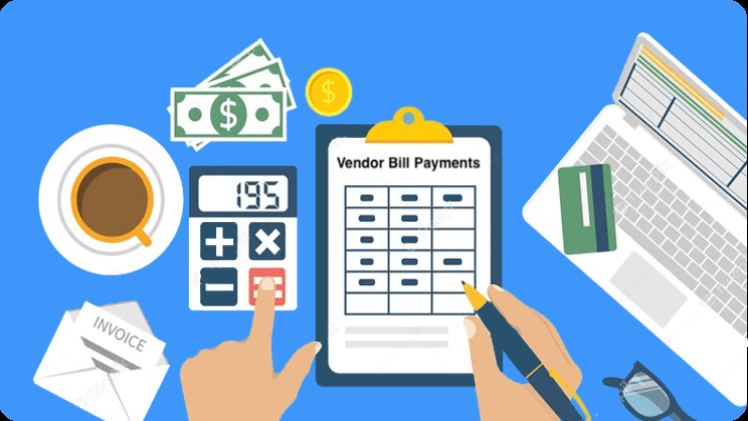Paper check production and distribution have become more inefficient and challenging in the past decade. Several banks and credit unions that had not previously adopted the benefits of AP automation transitioned to support a remote working environment. Several solid and economic arguments exist for automating, particularly in accounts payable.
Although your business might have been able to get by with manual and inefficient accounts payable methods in the past, it may be time to consider the benefits of accounts payable automation and how it can help your team work more innovatively, not harder. Automating the accounts payable process was becoming more popular even before the pandemic. Fortunately, automation today allows businesses the adaptability to face whatever the future may bring as they settle into the new norm of more long-term distant work.
Automation of the accounts payable process offers protection from more than just accidents and interruptions. You gain a competitive advantage by increasing output, cutting costs, and preventing fraud. AP systems that are manual and rely on paper are unable to adapt to the changes in today’s world.
It goes beyond preventing expensive errors to follow best practices for accounts payable automation. It involves ensuring that you save expenses, streamline payment operations, and get a high return on investment for your investment in new systems. If your efforts are successful, they will significantly contribute to protecting the future profitability of your business. Here are the best practices you can follow to improve your company’s AP workflow:
- Automation of accounts payable should match business goals. The accounts payable goals must align with those of the whole company. It not only increases the likelihood that your company will succeed in the future but also guarantees that it will recognize your requirements. As a result, when accounts payable succeeds, so does the company.
- You need to outline the current systems to know how to enhance your workflow and produce outcomes. This stage will assist you in locating bottlenecks, inefficiencies, and waste, whether you decide to whiteboard this with your team or employ process mapping tools. It’s challenging to run a business, and each process also contains a tonne of exceptions. You may account for these by outlining these steps. To further streamline your operations, this will enable your team to create barriers around exceptions.
- Talk to your accounts payable team about any improvements. If your staff isn’t on board, it makes little sense to change your accounts payable procedures and introduce new technology. With their knowledge, you will be able to determine if you’re getting to the issue’s core. Consult with them as early as possible in the decision-making process to make sure you’re creating the procedures they require.
- Consider investing in new solutions; without new technology, there will be no success in your efforts to make your accounts payable department more efficient. Is automated billing something you do? For simple vendor administration, do you employ self-service portals? Do you have an integrated system for purchasing? You’ll need to invest in improved systems to make your accounts payable procedures more efficient.
- Proprietors need to know how changes will support corporate objectives and produce a reasonable ROI. Work directly with influential decision-makers to demonstrate how new processes will save waste and inefficiencies. It might not be easy to alter any procedure, but implementing new technologies can become considerably more challenging.
- The impulse to automate everything at once should be resisted, especially if you switch from several manual processes. Instead, exercise strategic thought. Doing so will lower the risk, and your team will have more time to learn from the experience.

